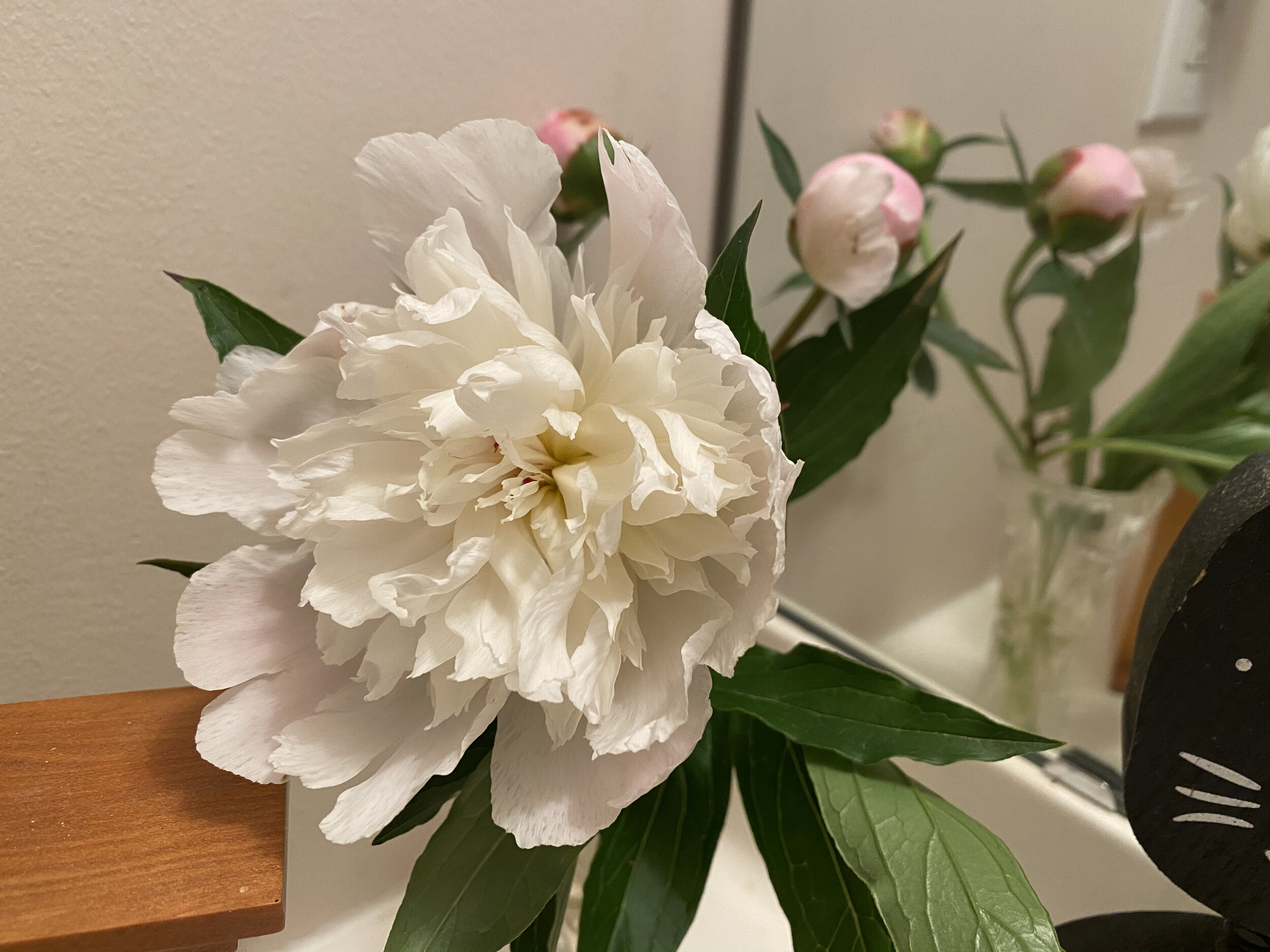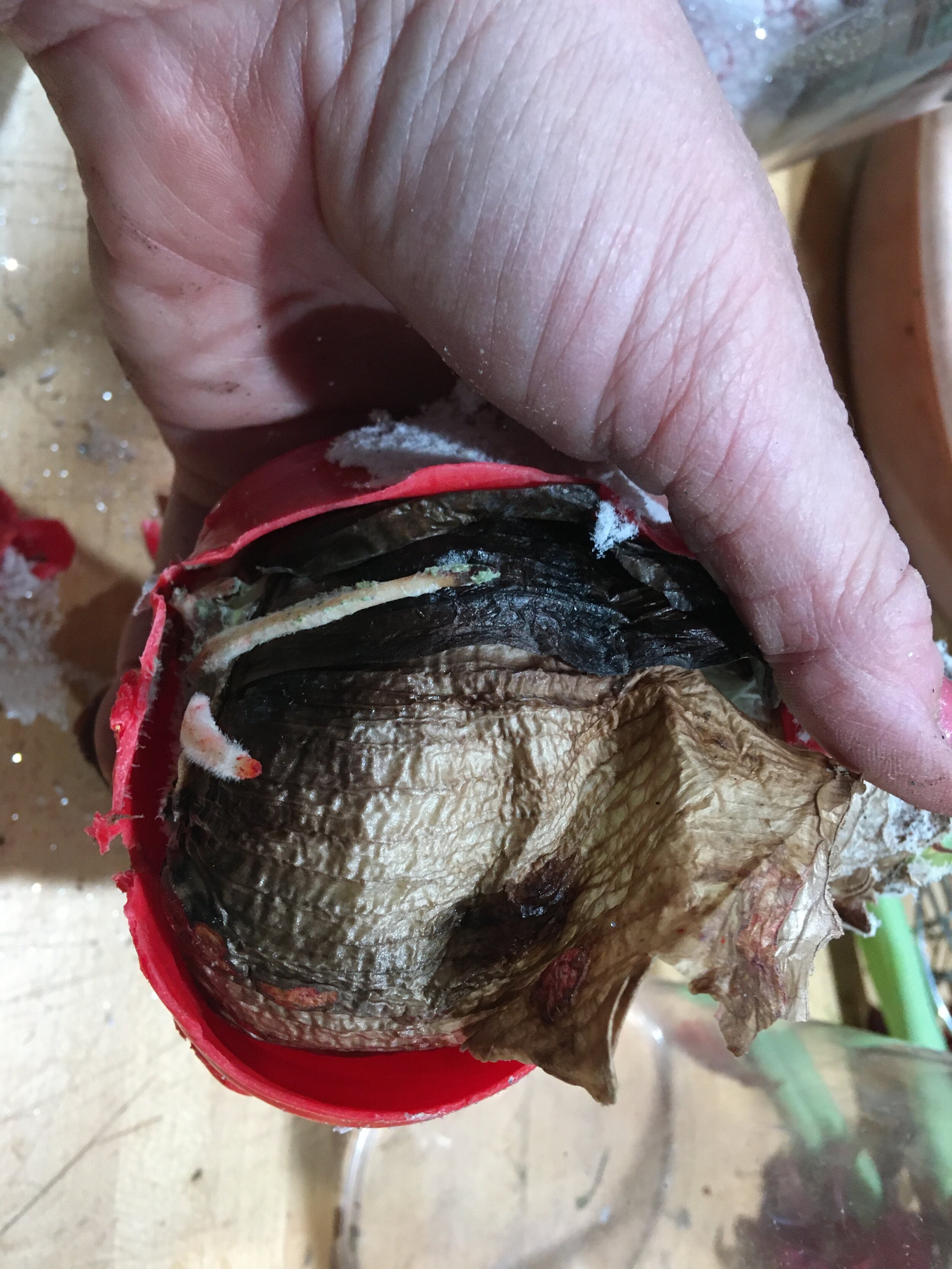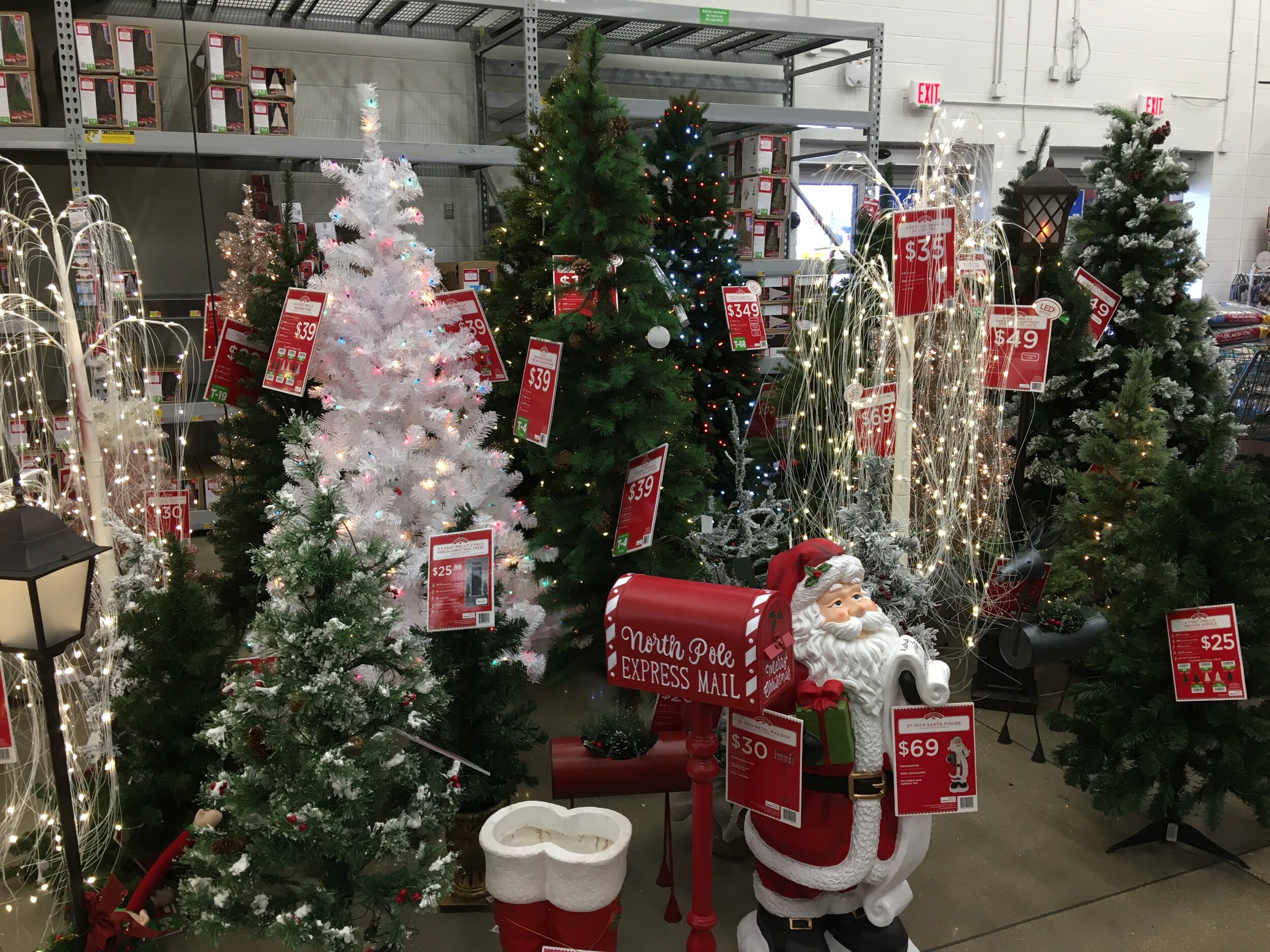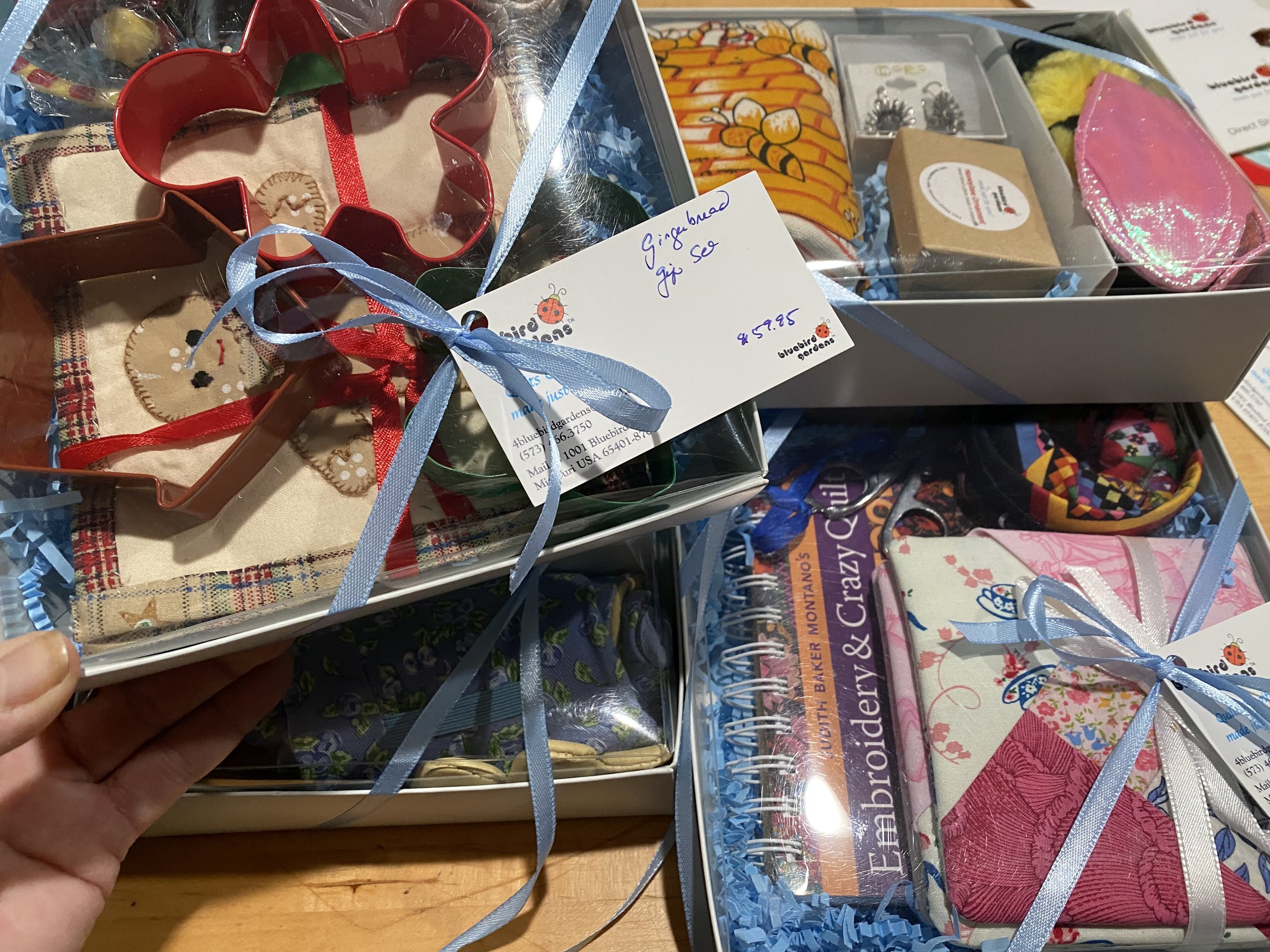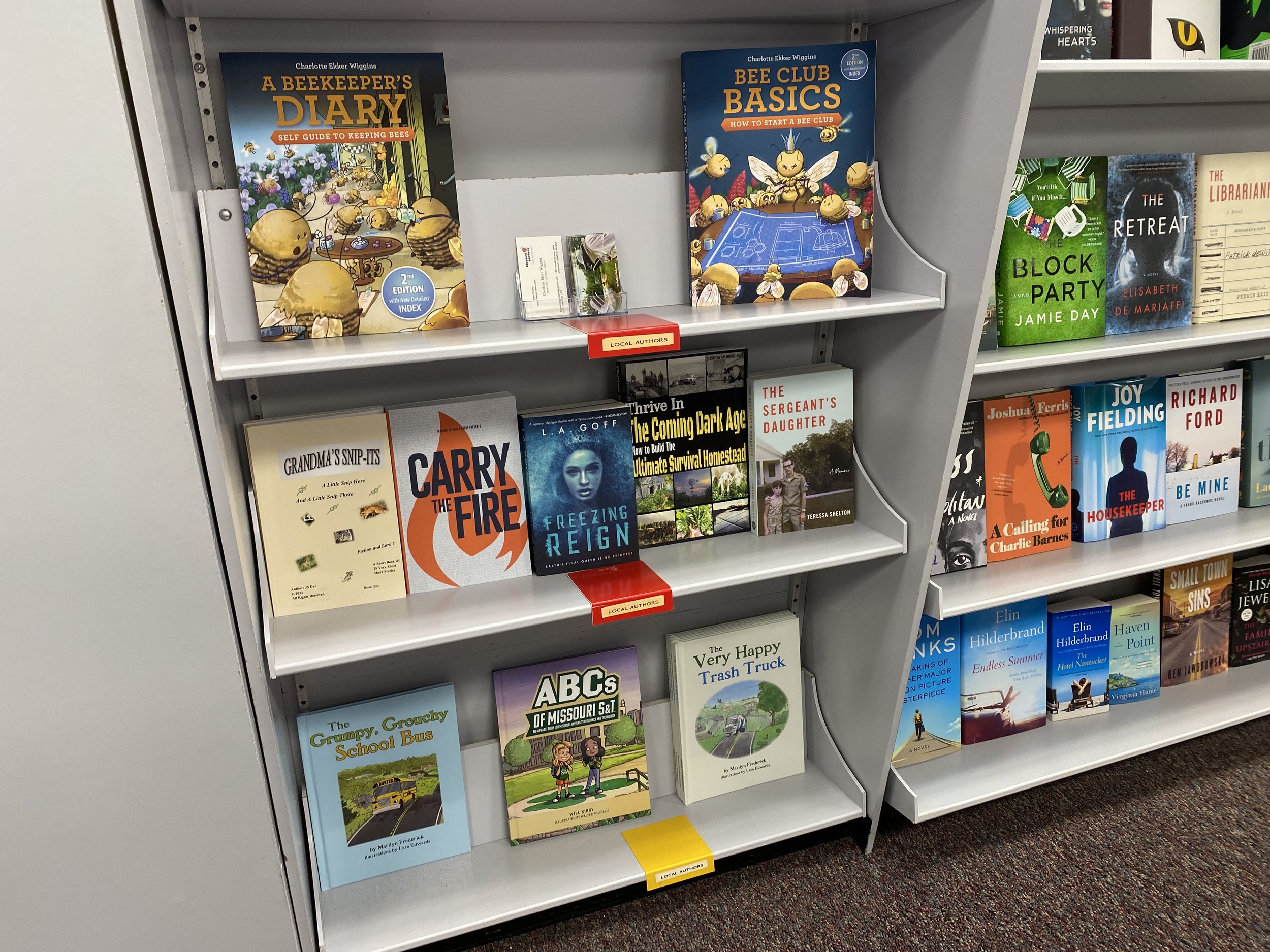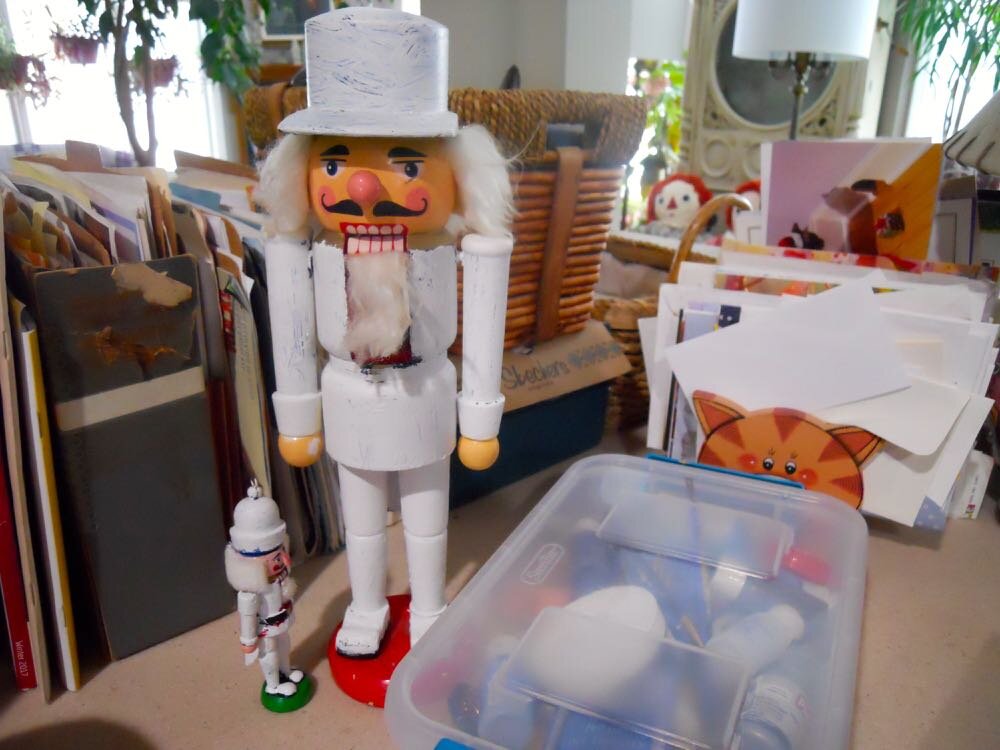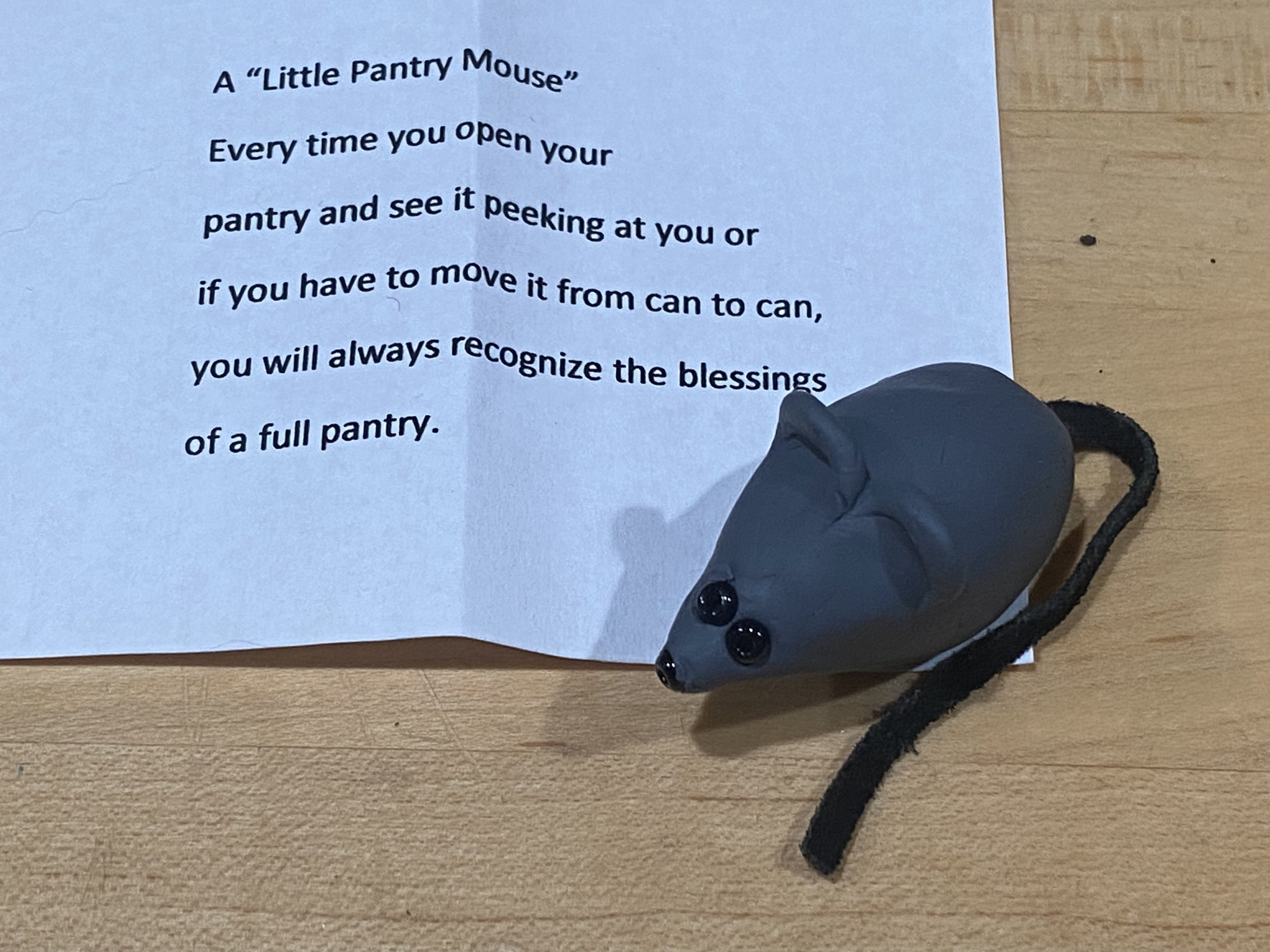Cut Iris
/Cut Iris
A friend recently shared that she couldn’t imagine cutting any of her Mother’s Irises for inside bouquets. Although a favorite landscaping plant, Iris in flower arrangements tend to be limited to the smaller Dutch Iris.
Purple Dutch Iris in a small arrangement with pink peonies and red geraniums. (Photo by Charlotte Ekker Wiggins)
Early May is the beginning of the peony and Iris season where I live in USDA Hardiness zone 5. Depending on weather conditions, peonies and Iris tend to be in bloom at the same time, encouraging both to be arranged together in homemade flower vase arrangements. Some years, though, their bloom cycles are out of sync. Iris are still excellent individually as cut flowers and good for easy home decor.
Iris are available in a wide range of colors and sizes. (Photo by Charlotte Ekker Wiggins)
Pretty, isn’t it. If it’s pretty in the garden it will be the same in your house. Just one stem in a flower vase can be an elegant addition to a room corner, or arrange three stems in a vase for a pop of color.
To keep them upright, use a flower frog at the vase bottom.
You can also add a complimentary plant like Dame’s Rocket to fill in between cut iris stems.
Cut Dame’s Rocket in a complimentary color to the Iris make a good combination. (Photo by Charlotte Ekker Wiggins)
Select complimentary flowers if you want something soothing. This Iris Lap Quilt Throw features complimentary pastel colors. Select flower colors that oppose each other on a color wheel for a brighter flower arrangement.
Burgundy Iris with Dame’s Rocket in a flower vase in my kitchen. (Photo by Charlotte Ekker Wiggins)
Depending on the conditions inside your house, the Iris flowers may last several days. Cutting them with buds means the flowering will get extended.
Iris are lovely landscape plants but they shouldn’t only be used there. Iris also have a place inside your home to brighten a room, and your spirits.
Charlotte






